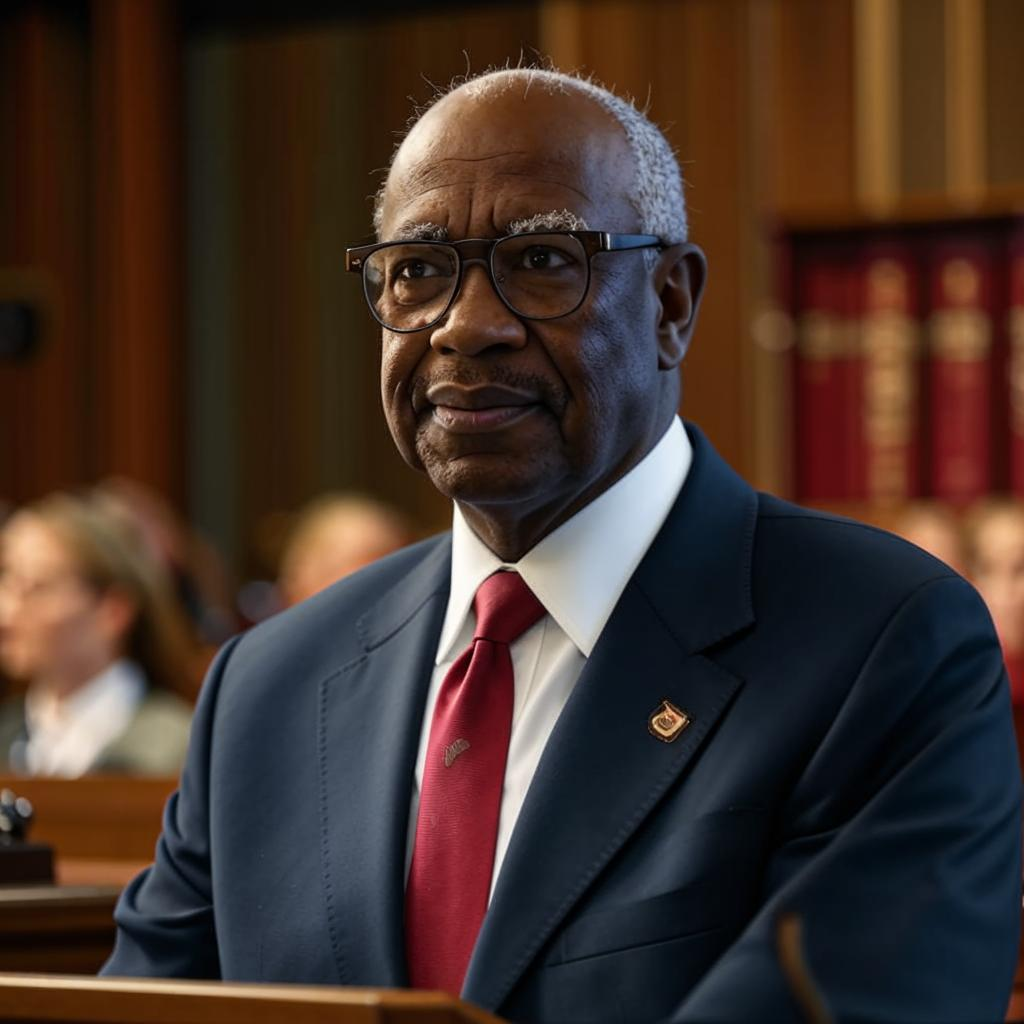The US dollar experienced a decline following indications from Federal Reserve Chairman Jerome Powell suggesting potential future interest rate cuts. While Powell didn’t explicitly commit to a specific timeline, his remarks were interpreted by markets as a dovish signal, weakening the dollar’s value against other major currencies.
The initial drop was significant, fueled by expectations of easier monetary policy. However, analysts believe the dollar’s downside is limited due to several factors. The US economy remains relatively strong compared to other developed nations, providing underlying support for the currency. Furthermore, the Fed is likely to proceed cautiously with any rate cuts, carefully monitoring inflation and employment data. A more aggressive easing cycle is unlikely unless economic conditions deteriorate substantially.
Goldman Sachs analysts noted that while the dollar may face some near-term headwinds, a sharp and sustained decline is unlikely. They cite the potential for a rebound in US economic growth and the possibility of other central banks adopting more dovish stances as factors that could support the dollar in the medium term.
The dollar’s trajectory remains closely tied to economic data releases and Fed policy pronouncements. Investors will be closely watching upcoming inflation reports and labor market figures for further clues about the Fed’s next move. Any signs of persistent inflation or a strong labor market could prompt the Fed to delay or scale back its rate cut plans, potentially leading to a dollar rebound. Finishtit















